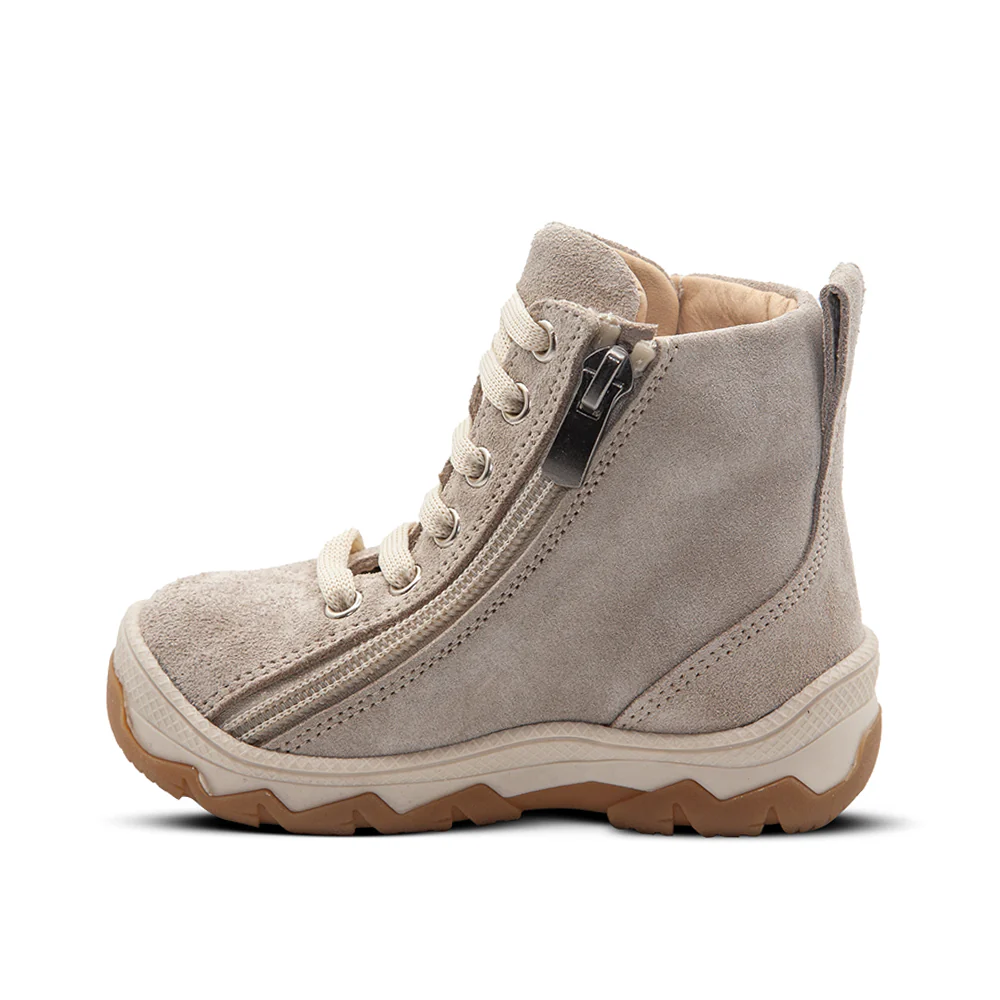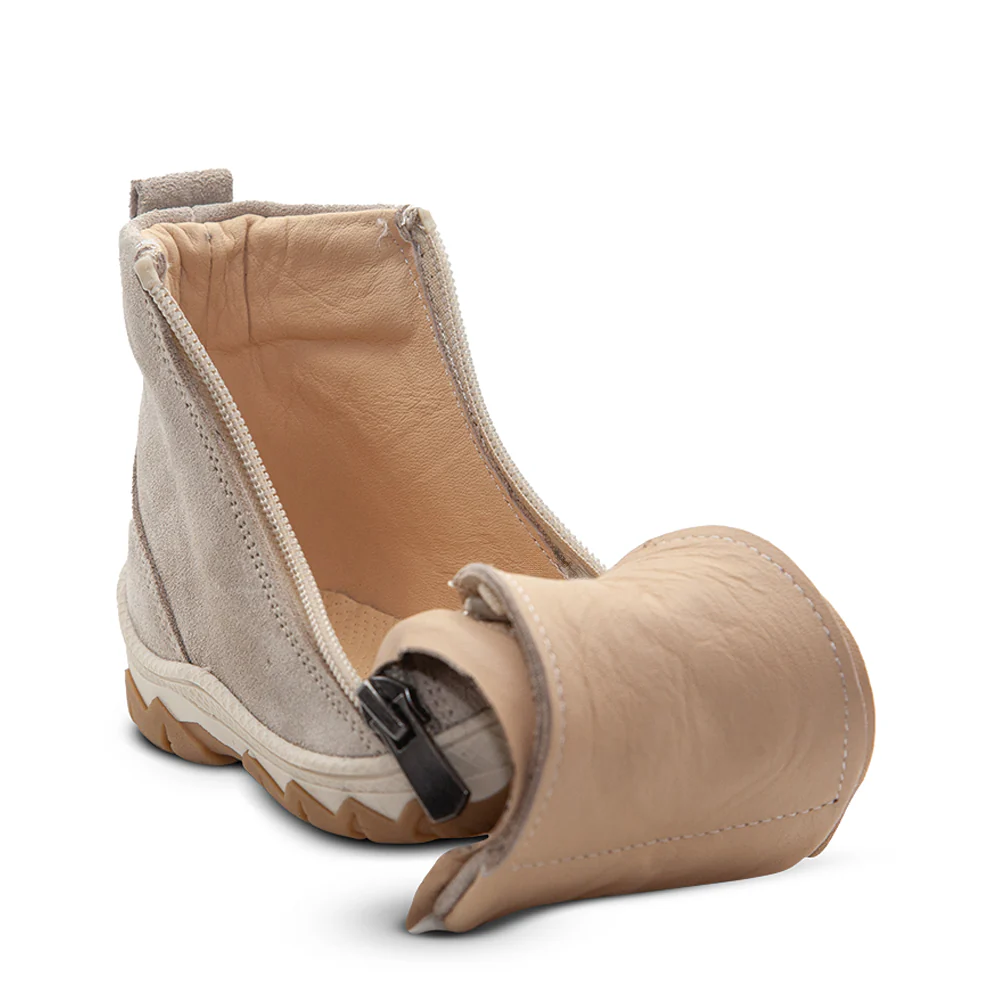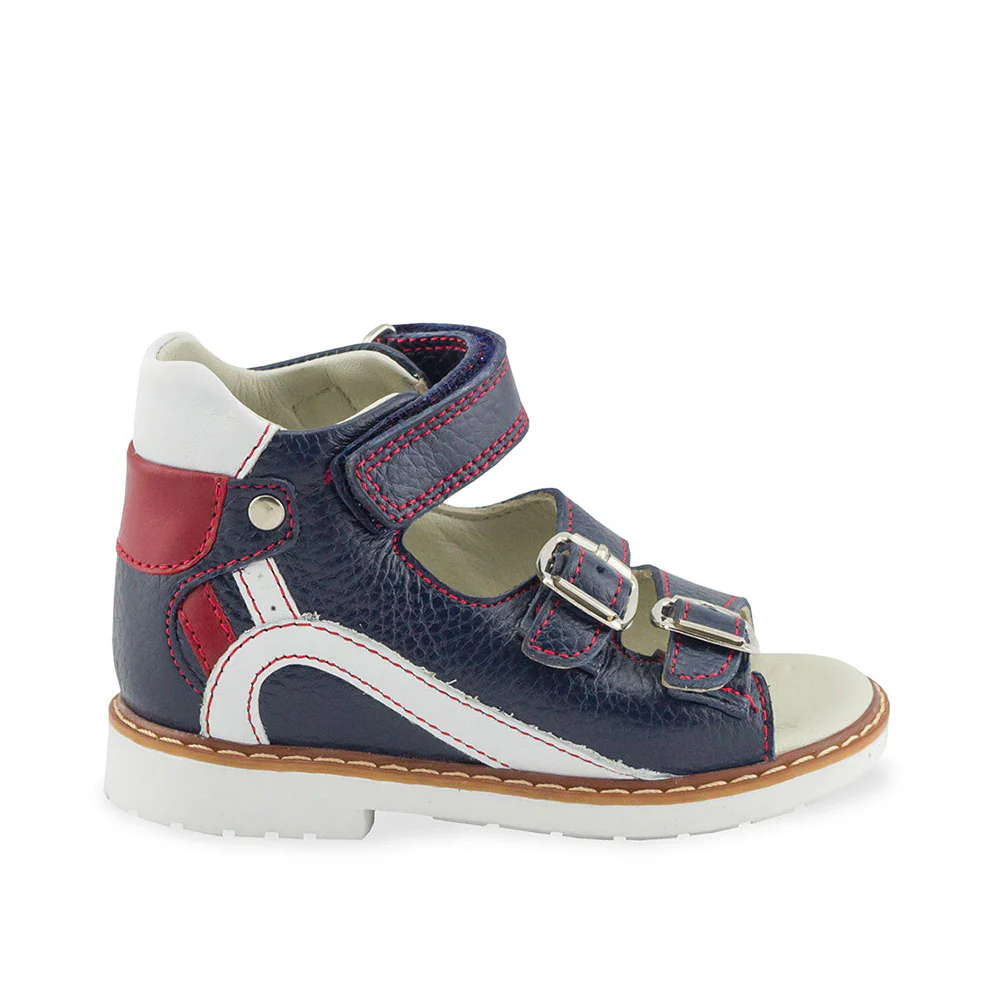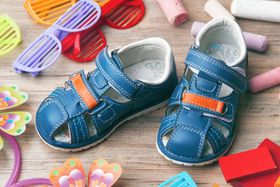8 Best Comfortable Shoes for Toddlers: Picks You Can Trust
Nurturing tiny feet: Top picks for toddler shoes, ensuring healthy development and all-day play
Updated December 5, 2024.

Your toddler's feet are more than just tiny versions of adult feet—they're complex structures undergoing rapid development. During these crucial early years, bones are still soft and moldable, muscles are strengthening, and arches are forming.
This means that choosing the right shoes for your little one isn't just about picking cute designs—it's about supporting their developing feet and ensuring healthy growth. Let's uncover the secrets to finding the ideal shoes for their growing needs and ensure every step they take is a happy one.
» Keep little feet healthy with supportive and comfortable shoes
Our Pick: Best Comfortable Shoes for Toddlers
- Best comfortable shoes overall: Jamie Jumps
- Best comfortable shoes for stability: Speedy Jake
- Best comfortable shoes for outdoor play: Frisky Wyatt
- Best comfortable shoes for flat feet: Nick B. Hardy
- Best comfortable shoes for hot weather: Scuba Sam
- Best comfortable shoes for developing arches: Silas Mateo
- Best comfortable shoes for cold weather: Hazel Canary
- Best comfortable shoes for narrow feet: Jerry Tigery
The Hidden Impact of Poor Shoe Choices
Uncomfortable or poorly designed shoes can lead to several serious issues:
- Structural Problems: Improper support during these formative years can lead to misaligned toes, weakened arches, and persistent flat feet conditions.
- Movement Compensation: When shoes don't fit properly, toddlers develop irregular walking patterns to avoid discomfort, potentially leading to long-term gait issues.
- Developmental Delays: Restrictive shoes can hamper natural foot movement, affecting balance and motor skill development.
- Activity Avoidance: Uncomfortable shoes often cause kids to avoid physical play, impacting their overall development and confidence.
- Joint Stress: Poor shoe support can cause misalignment that stresses ankles, knees, and hips.
» Check out why orthopaedic shoes are a game-changer for kids
Signs Your Kid's Shoes Aren't Comfortable
As young children often can't tell us when their shoes hurt, watch for these warning signs:
- Your child frequently tries to remove their shoes soon after putting them on—this is often their way of communicating discomfort.
- You notice changes in their walking pattern, such as limping or favouring one foot.
- After wearing the shoes, red marks, blisters, or pressure points appear on their feet.
- They resist walking or become unusually fussy during activities they usually enjoy.
» Understand the best ways to treat toddler growing pains
Essential Features for Maximum Comfort
When shopping for toddler shoes, prioritise these critical comfort elements:
- Flexible Soles: Look for soles that bend easily at the ball of the foot. This natural flexibility allows proper muscle development and helps establish healthy walking patterns. Your child's growing feet need this freedom of movement to develop strength and coordination.
- Wide Toe Box: Choose shoes with square or rounded fronts that provide visible space around the toes. This extra room allows natural toe spreading and gripping, which prevents compression and actively supports your child's developing balance skills.
- Breathable Materials: Select shoes made with natural materials like leather or those featuring mesh panels. These materials create a healthy foot environment by preventing excessive sweating and significantly reducing the risk of skin issues and discomfort.
- Adjustable Closures: These are vital for accommodating rapid growth and daily changes in foot shape. High-quality Velcro straps or secure lacing systems allow you to fine-tune the fit throughout the day, ensuring consistent comfort as your child's feet naturally swell during activity.
- Supportive Heel Counter: Look for shoes with firm but padded heel areas. This feature helps maintain proper foot alignment and prevents ankle rolling during active play. This support is essential for developing a stable, confident gait.
To prevent harm to your child's foot development, choose toddler shoes with flexible soles, wide toe boxes, and breathable materials. Avoid slip-on styles and overly thick or cushioned soles.
» Ensure a blend of support and flexibility as your baby learns to walk
How to Ensure a Proper Fit
Follow these steps to get the right fit:
- Shop for shoes later in the day when feet are slightly swollen.
- Have both feet measured regularly, as sizes can change quickly during growth spurts.
- Allow about half an inch between the longest toe and the shoe's tip.
- Check that the foot's widest part aligns with the shoe's widest part.
- Test the shoes with the type of socks your child will typically wear.
» Buying your little one shoes? Check out these top tips
Immediate Comfort, Long-Term Health
Think of quality toddler shoes as an investment in your child's future, not just another item to check off your shopping list. The right footwear provides essential support during these formative years, laying the groundwork for proper development and healthy movement patterns.
Short-term expenses shouldn't overshadow long-term benefits. While it's true that children outgrow their shoes quickly, skimping on quality during these crucial developmental stages could lead to preventable foot problems down the road. Your investment today paves the way for strong, healthy feet tomorrow.
» Explore FIrst Walkers' collection to ensure comfortable, healthy feet
Disclaimer: First Walkers' information is intended for educational and informational purposes related to toddler footwear and feet. We encourage you to consider individual circumstances and consult qualified orthopaedists about specific conditions.













































